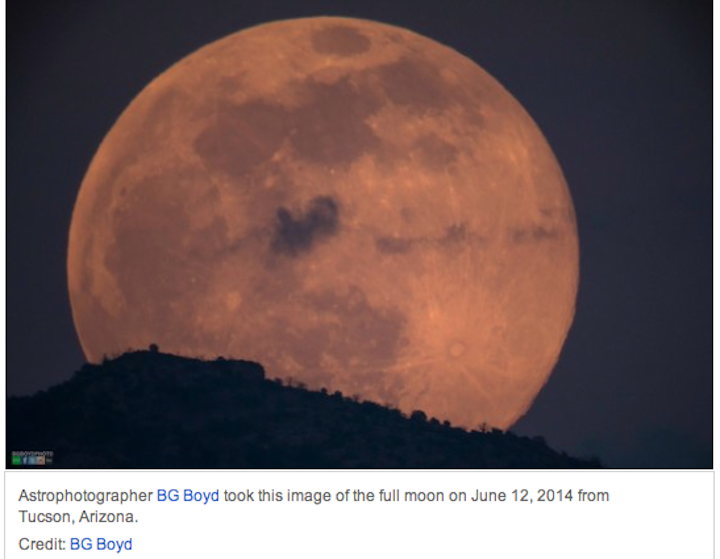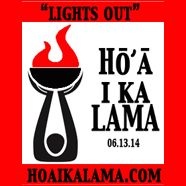
The June full moon is called the “Honey Moon” because it stays close to the horizon which makes it appear to have a warm tint. This is due to the scattering of longer wavelengths of light through dust, pollution and other particles in our atmosphere toward the red end of the spectrum. The most spectacular part of this phenomenon begins as it rises and is closest to the horizon when an optical illusion makes it appear larger to the naked eye than when it is higher up in the sky. The name “Honey Moon” was derived from the hives being full of honey at this time of year.
Elsewhere in the world, the full moon, Friday the 13th and the perigee all fall on the same day. A phenomenon that hasn’t happened in 95 years. Here in Hawaii, the June full moon actually fell on Thursday the 12th (yesterday) at 6:12pm and the perigee – the instant when the Moon is closest to Earth – is tomorrow at 5:34pm. That doesn’t mean it won’t be a spectacular sight. Hawaii sky-watchers should turn their eyes to the sky as the moon rises tonight at 8:06pm, about an hour after sunset.
Interesting facts:
“It is a similar phenomenon as seen at sunset, when sunlight is scattered towards the red end of the spectrum, making the sun’s disk appear orange-red to the naked-eye,” says astronomer Raminder Singh Samra of the H. R. MacMillan Space Centre in Vancouver, Canada.
According to the Old Farmer’s Almanac, the Algonquin tribes first called a June full moon a “strawberry moon” because it coincided with the best time to pick the fruit. Since strawberries aren’t native in Europe, June’s full moon is called the “Rose Moon” there.
Summer begins on June 21 at 12:52 a.m. Hawai‘i Standard Time (10:52 on June 21 Universal Time). This is the longest day for the northern hemisphere and the shortest for the southern hemisphere.
Also tonight:
“Lights off for Malama Honua Worldwide Voyage” – If I can do it, you can do it!


